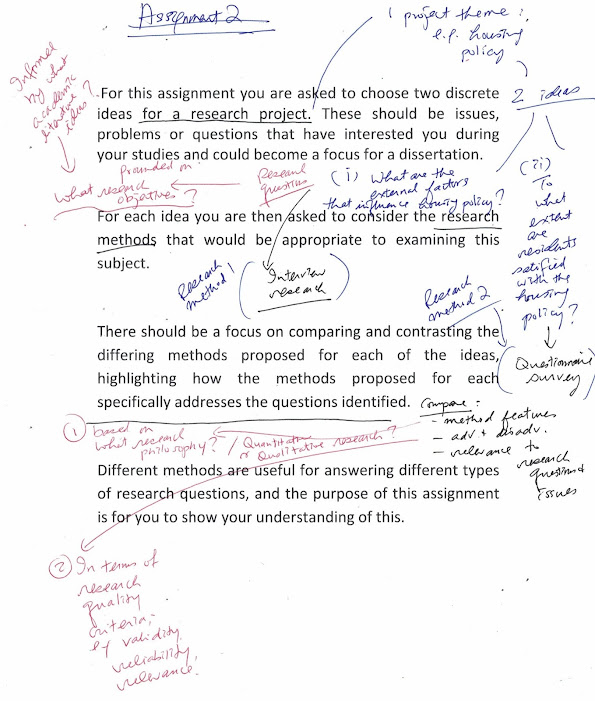e-readings for "managing entrepreneurship, innovation and creativity": task 1 2021:
Task 1. – Research Questions – Part 1 40% (1,200 Words)
(i) provide a concept-driven evaluation of the business performance and/or social impacts of the Pop Mart case [14% out of 40%]
Examples of concepts: entrepreneurial mindset, entrepreneurial alertness, entrepreneurial opportunities, innovation process, value proposition, and business model innovation.
** need referencing in the answer; not required to do literature review on the academic concepts per se.
(ii)
Option A
–Theme – Entrepreneurial society
* building the new entrepreneurial society.
* in search of the entrepreneurial society.
* a video on entrepreneurial society (Peter Drucker). [lengthy].
Option B
–Theme – Entrepreneurial culture
* 4 elements of entrepreneurial culture.
* why your company should adopt an entrepreneurial culture.
* a video on entrepreneurial culture.
* slideshare: on entrepreneurial culture.
Option C –
Theme –Organizational
creativity
* individual creativity vs organizational creativity.
* lack of organizational creativity?
* a video on organizational creativity.
* a video: an introduction on organizational creativity.
* slideshare: on organizational creativity.
Option D–
Theme – Innovation process
* new approaches to a successful innovation process.
* the innovation process: a step-by-step guide.
* a video on "innovation process".
* a video on "innovation process": a brief lecture.
* a video: innovation process: step 1.
* a video: innovation process: step 2.
* a video: innovation process: step 3.
* a video: innovation process: step 4.
* slideshare: the innovation process.
Option E –
Theme –New venture idea nurturing
* 8 steps for nurturing a winning business idea.
* 5 ways to nurture your business idea.
* a video on how to develop a business idea.
* a video: "you have a great business idea. Now what?"
* a video: the ideation phase (stage 1 of innovation).
* a video: the discovery phase (stage 2 of innovation).
* a video: the incubation phase (stage 3 of innovation).
* slideshare: steps to build awesome business ideas.
Option F –
Theme - Entrepreneurial mindset
* on the entrepreneurial mindset.
* entrepreneurial mindset: 20 ways.
* a video on "entrepreneurial mindset".
* a video: the employee vs entrepreneurial mindset.
* slideshare: on entrepreneurial mindset.
** you need to do harvard referencing for your task 1 answer. See a video on harvard referencing. The target is to make use of 2-4 academic references per option {A-F} discussion, plus other references from non-academic sources {notably, via Google search [preferably 3-5 non-academic articles]}.
Task 1. – Research Questions – Part 1 40% (1,200 Words)
Select two of the
following six themes below (A-F) to (i) provide a concept-driven evaluation of
the business performance and/or social impacts of the Pop Mart case and (ii)
briefly provide a conceptual evaluation of the concepts involved in the
academic literature of the two chosen themes.
Task 1(i) need to evaluate the business performance (e.g. sales, profit, customer satisfaction, innovation performance, etc) and/or social impacts of the Pop Mart case.
Task 1(ii)
Option A
–Theme – Entrepreneurial society
Option B
–Theme – Entrepreneurial culture
Option C –
Theme –Organizational
creativity
Option D–
Theme – Innovation process
Option E –
Theme –New venture idea nurturing
Option F –
Theme - Entrepreneurial mindset
Support note:
Discussing
the issues that are brought up will be an essential part of your study. What is
the best way to approach this portion of the task? Answer:
Secondary research – reading recommended
readings and articles suggested in class or those you have found yourself, on relevant journals/resources. Apply the theory
to what you have learn throughout the module, based on the questions we ask (including
your own)and areas you wanttoexplore.Weexpecttoseedefinitions!Therefore,haveatleastafewfromdifferentsources
(that is each for entrepreneurship ,innovation and creativity).All sources should be from credible academic
sources and not from online dictionaries (for example, ask.com and or Wikipedia.com–you will get no marks, if these are used).This section will come in good
stead when you embark on the dissertation or research essay in subsequent years
as stated.
When undertaking your secondary
research (basically ask yourself the question who has written on this specific
subject area? Do their views differ from other people? Are there any existing
empirical studies/research? Note any hypothesis put forward? Do you understand
what they are saying? Do you agree with what they are saying? – That is
critique not criticize! What do you think, i.e. that is, what are your own thoughts?
Are there any practical examples that you can draw from? Why not discuss issues
especially those that challenge your way of thinking or view of life? Please
note your tutors expect current up to date references (unless when quoting a
classic piece of research to make a point or introducing the topic area).
Essay template (suggested) is as follows:
Essay title: a discussion of the Pop Mart case, XXXX (option X) and XXX (option X)
1. Case evaluation of Pop Mart (about 400 words; 14% out of 40%)
2. Theme evaluation [Sections 3 : 800 words]
2.1 Discussion of XXX (option X) [Section 3.1: 400 words; 13% out of 40%]
2.1.1 on the definitions, related ideas and examples involved.
2.1.2. on a personal critical review of the ideas related to XXX (option X)
2.2. Discussion of XXX (option X) [Section 3.2: 400 words; 13% out of 40%]
2.2.1. on the definitions, related ideas and examples involved.
2.2.2. on a personal critical review of the ideas related to XXX (option X)
<word count: ???> [note: total 1,200 words, +/- 5% {i.e. 60 words}]
References.
**** it is important to note that task 1 (i) [case study] and task 1(ii) [theme review] are two separate tasks. Do not mention the case study of task 1(i) in your task (ii) [theme review].

